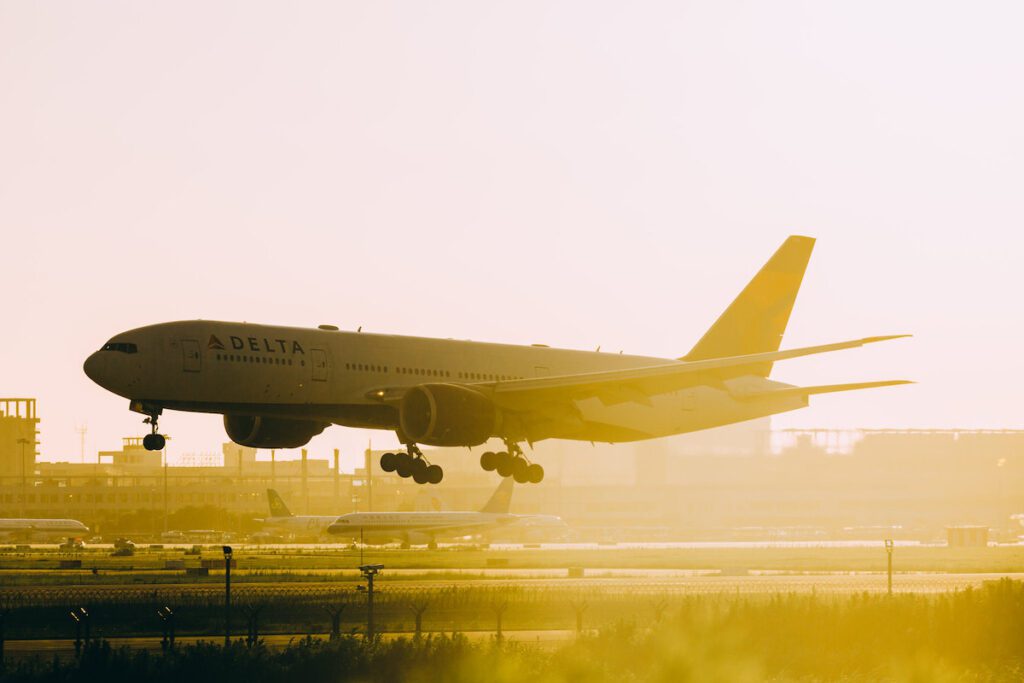Amtrak carried 28.6 million customers on train trips during its latest fiscal year. That number, while an improvement of nearly a quarter from 2022, fell short of its aim to match pre-pandemic ridership of 32.5 million trips.
But even as overall numbers fell short of those four years ago, Amtrak said Thursday that the number of trips across its national passenger rail network had fully recovered — and was up in some places — by September, the last month of its 2023 fiscal year.
“Amtrak ridership continues to set post-pandemic records,” CEO Stephen Gardner said in a statement Thursday. “We’re inspired by the soaring demand for intercity passenger rail and are eager to continue connecting more people and places.”

The railroad has ambitious expansion plans, dubbed Connect U.S. and largely funded by the Bipartisan Infrastructure Law, that could see it add dozens of new passenger rail corridors and trains across the country over the next decade. The first route of that expansion could be new service between New Orleans and Mobile, Ala., sometime next year. The route was previously operated in 2005 but suspended after Hurricane Katrina damaged tracks. And, new engines and passenger cars on order will add capacity and improve service on everything from Amtrak’s high-speed Acela train to its state-funded corridors and long-distance trains.
During the year ending in September, Amtrak’s Northeast Corridor that connects Boston, New York, and Washington, D.C., was once again its busiest route. The railroad carried 12.1 million riders on the corridor, up 31% from last year and down just 3% from 2019. Ridership fell 7% on its second busiest route, the Pacific Surfliner in California, to 1.5 million trips during the year; trains on the corridor between Los Angeles and San Diego were affected for up to six months last fall after coastal erosion temporarily closed the tracks.
Amtrak’s ridership numbers indicate that privately owned Brightline’s new Miami-Orlando passenger rail line that opened in September will likely be the second busiest intercity passenger train this year.
Amtrak posted some of its biggest ridership gains on state-supported routes in Connecticut, North Carolina, Vermont, and Virginia. The largest jump was to Norfolk where ridership doubled from 2019 to more than 480,000 passengers this year; Amtrak added a third daily train to Norfolk from Washington in 2022. And, affirming the maxim “build it and they will come,” ridership climbed nearly 72% compared to four years ago to nearly 87,000 passengers on the railroad’s Ethan Allen service to Vermont that was extended to Burlington last July.
Amtrak leadership will discuss the railroad’s performance and plans at a public board meeting on Friday.



